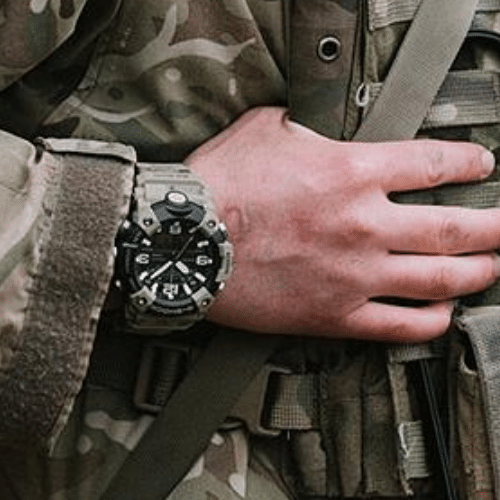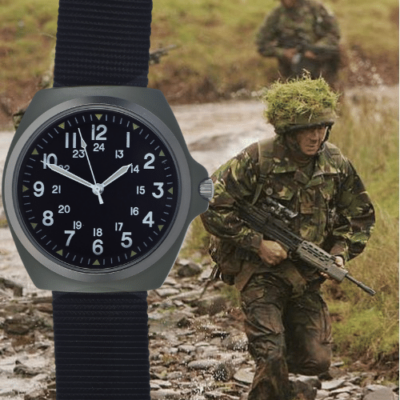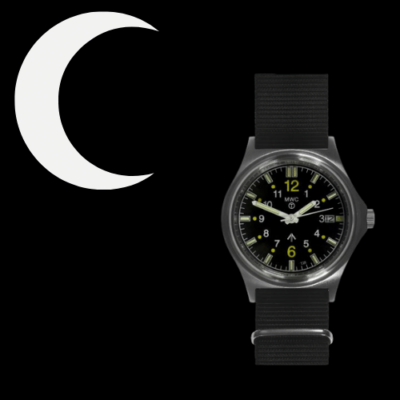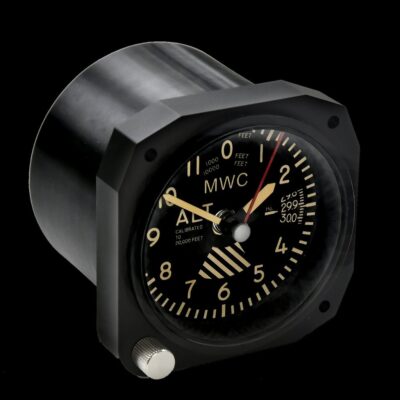News
Russian Armoured Units Spearhead Major Breakthrough in Novopavlovka, Dnipropetrovsk
The Russian Army has made a major mechanised breakthrough into the village of Novopavlovka in the Dnipropetrovsk region, which has been assessed to have major implications for its forces’ broader attempts to advance. Ukrainain sources have reported that a crossing was established over the Volchya river at night allowing personnel to be landed in southern and central Novopavlovka, positioning forces in the southern and central parts of the settlement. Reinforcements were subsequently brought in after the first wave of landings. The advance is the latest made by Russian forces over a period of several months, and occurred shortly after Russian Army units captured the first settlement in Dnipropetrovsk in June. The region was a key industrial heartland of the Soviet Union, and despite post-Soviet decline still retains significant economic value.
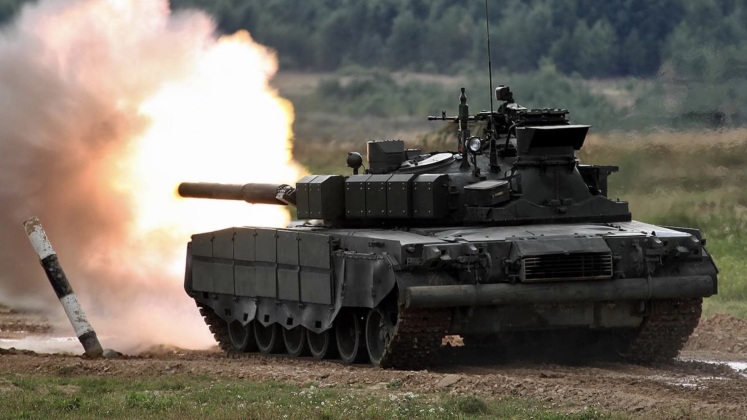
Ukrainian sources in August acknowledged prior Russian advances into Dnipropetrovsk, a territory which Moscow continues to recognise as Ukrainian. These advances have been supported by significant use of unmanned aviation assets to neutralise critical infrastructure and provide close air support. Holding the territory is expected to provide leverage during any future negotiations to secure Ukrainian withdrawals from Russian claimed disputed territories such as Donetsk and Lugansk. Major advances across all fronts, however, have raised the possibility that Russia may also seek to annex Dnipropetrovsk should hostilities continue, which has been alluded to by Russian officials. Advances into Dnipropetrovsk are being made in parallel with progress on multiple other fronts, including the settlements of Kupiansk and Krasnoarmeysk in the Kharkov and Donestsk regions where 10,000 Ukrainain personnel are reportedly encircled by Russian forces.

Ukrainian sources have been highly critical of the handling of positions on the frontlines, with a Ukrainian diplomat speaking to the German outlet Bild in early November drawing parallels between the losses in Kupiansk and Krasnoarmeysk, and the 2023 battle of Bakhmut. “The pattern is similar. We defend ourselves heroically, claim that Russia is in a worse position than it says it is, and then we withdraw,” he observed. One senior officer informed the outlet that the situation in Kupiansk and Krasnoarmeysk had become “extremely difficult,” while a soldier stationed near Krasnoarmeysk reported: “The situation is extremely bad. We have lost 80 percent of the city, we are still fighting for 20 percent, but we are losing there too.” Where in Bakhmut extreme casualties meant Ukrainain personnel had life expectancies of just four hours on the frontlines, it remains uncertain whether casualties in Kupiansk and Krasnoarmeysk have been similarly extreme.
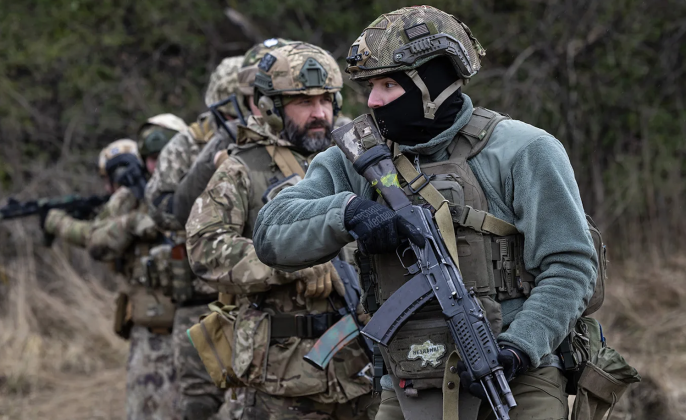
Personnel shortages as a result of extreme casualties has been a primary factor in Ukraine’s persistent and worsening losses on the frontlines. Former chief of staff of the 12th Brigade of the Ukrainian National Guard Bogdan Krotevich lamented in late August that brigades on frontline were staffed at just 30 percent and were barely combat-ready, with Russian President Vladimir Putin days later stating that combat-ready units in the Ukrainian Armed Forces are staffed no more than 47-48 percent. Krotevich observed that with under a third of their required manpower, brigades “are generally incapable of sustained combat. Yet, they are repeatedly ordered to attack, regain tactical positions, and hold ground. They can’t even defend themselves effectively.” Russian advances gained significant momentum following the successful repelling of a Ukrainian assault on Kursk in April, which allowed more units to be reallocated to supporting frontline advances.

